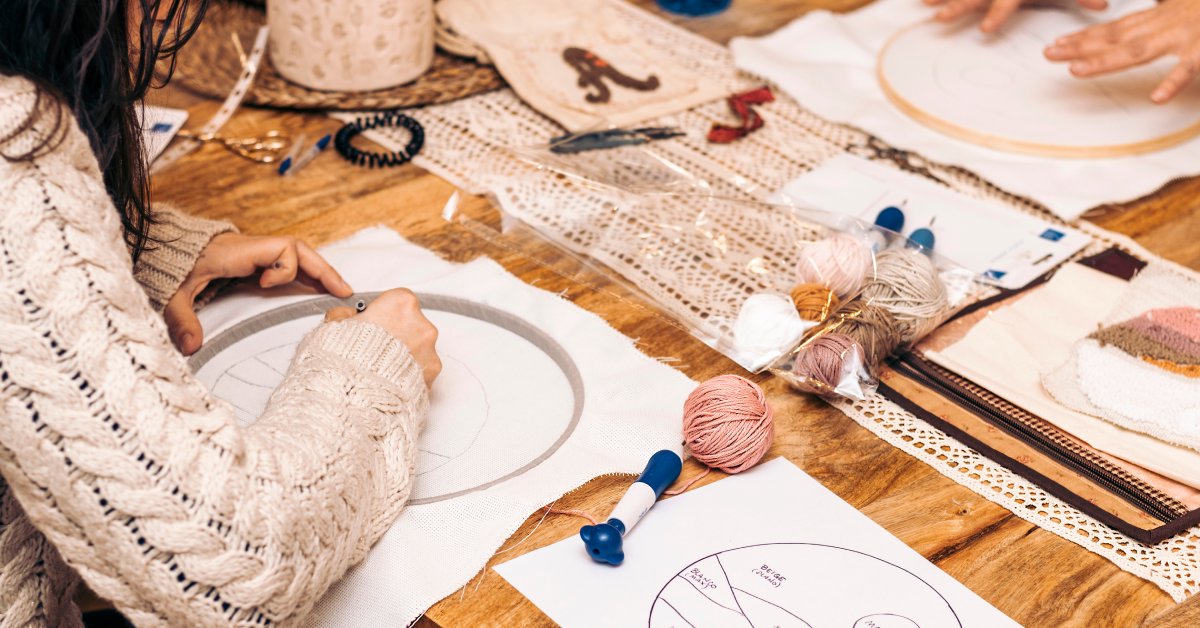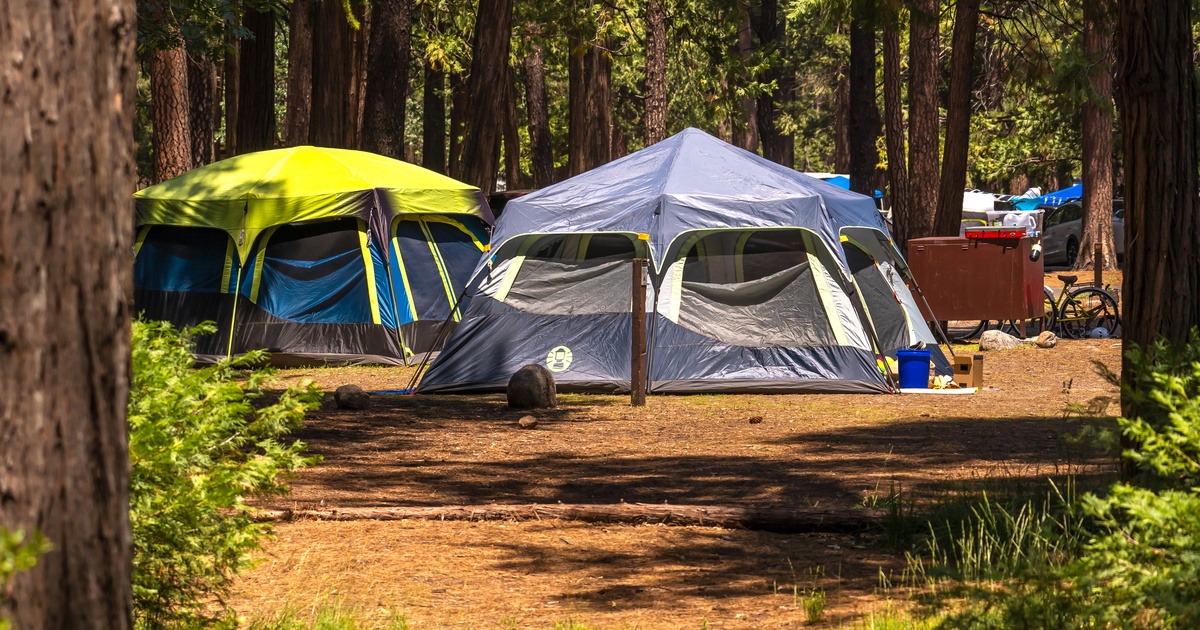Everything You Need To Start a Needle Stitch Hobby
Starting a new hobby feels exciting and intimidating at the same time. Needle stitching offers the perfect blend of creativity, relaxation, and accomplishment that many people crave. Whether you want to unwind after work or create beautiful handmade gifts, this craft provides endless possibilities for self-expression.
We’re taking you behind the scenes to discuss everything you need to know to begin your needle stitching journey. From essential tools to basic techniques, you’ll discover how to transform simple threads into stunning artwork. Here’s everything you need to start a needle stitch hobby.
Essential Tools for Needle Stitching
Every needle stitching enthusiast needs quality tools to create beautiful projects. The right equipment makes your experience more enjoyable and produces better results.
Needles Come First
Your needle choice depends on your project type and fabric. Embroidery needles work best for standard cotton threads, while tapestry needles suit thicker yarns. Sharp-pointed needles pierce tightly woven fabrics easily, but blunt needles prevent snagging on loose weaves.
Keep several needle sizes in your toolkit. Size 24 works well for fine details, while size 18 handles thicker threads. Having ample options prevents frustration when switching between different thread weights or design decisions.
Fabric Selection Matters
Cotton fabric provides the most forgiving surface for beginners. It holds stitches securely and doesn’t stretch easily. Linen offers a classic look but requires more precision due to its loose weave.
Aida cloth features evenly spaced holes that make counting stitches simple. This fabric works particularly well for cross-stitch projects. Canvas provides durability for projects that need frequent handling.
Threads and Yarns
Embroidery floss remains the most popular choice for needle stitching. Cotton floss comes in hundreds of colors and separates into individual strands for versatility. Silk threads create luxurious finishes but cost more than cotton alternatives.
Wool threads add texture and warmth to projects. They work especially well for creating dimensional effects. Metallic threads provide sparkle but require gentle handling to prevent breakage.
Setting Up Your Workspace
Creating an organized workspace enhances your stitching experience and protects your projects from damage.
Lighting Requirements
Good lighting prevents eye strain during detailed work. Natural light provides the best color accuracy, but adjustable LED lamps work well for evening sessions. Position your light source to eliminate shadows across your work area.
Magnifying glasses help with intricate details, especially for small lettering or complex patterns. Many crafters find headset magnifiers more comfortable than handheld versions.
Storage Solutions
Organize threads by color families or project needs. Plastic bobbins keep threads tangle-free and make color selection quick. Thread boxes with multiple compartments work well for larger collections.
Store needles in cushioned cases to prevent dulling. Magnetic strips keep frequently used needles within easy reach. Small containers hold beads, buttons, and other embellishments safely.
Basic Stitching Techniques
Mastering fundamental stitches forms the foundation for all needle stitching projects. Start with these essential techniques before moving to advanced patterns.
Running Stitch
The running stitch creates simple lines and outlines. Push your needle through the fabric, then bring it back up a short distance away. Keep your stitches even in length and spacing for professional results.
This basic stitch works well for temporary basting and creating dashed lines in designs. Practice maintaining consistent tension to avoid puckering your fabric.
Backstitch
Backstitch produces solid, continuous lines perfect for outlines and lettering. Start with a running stitch, then insert your needle at the end of the previous stitch. This technique creates strong, durable seams.
Use backstitch for text elements and detailed outlines in your designs. The continuous line creates clear definition between different colored areas.
French Knots
French knots add texture and dimension to your work. Wrap the thread around your needle twice, then insert the needle close to where it emerged. Pull the thread taut while pushing the needle through the fabric.
Choosing Your First Project
Select a beginner-friendly project that builds confidence without overwhelming complexity. Simple designs teach fundamental skills while providing quick satisfaction.
Samplers Build Skills
Traditional samplers incorporate multiple stitch types in one project. They provide excellent practice opportunities while creating display-worthy pieces. Choose sampler patterns with clear instructions and moderate complexity.
Modern samplers often feature motivational quotes or contemporary designs. These projects feel more relevant to current decorating styles than historical alternatives.
Small Decorative Items
Bookmarks, coasters, and small wall hangings make perfect first projects. These items require minimal time investment but produce useful results. Success with smaller projects builds confidence for larger undertakings.
You can be creative with blank punch needle kits that allow complete design freedom. These kits provide all the necessary materials and let your imagination guide the final result.
Common Beginner Mistakes
Learning from common errors saves time and prevents frustration during your early stitching experiences.
New stitchers often pull threads too tightly, causing fabric distortion. Maintain gentle, even tension throughout your work. Loose stitches look messy, but overly tight stitches create permanent puckering.
Skipping pattern markings leads to alignment problems later. Transfer pattern guidelines carefully before beginning your project. These reference points keep your design properly positioned.
Building Your Skill Set
Progress from basic stitches to more complex techniques gradually. Each new skill opens possibilities for more sophisticated projects.
Advanced stitches like satin stitch and chain stitch add elegance to your work. Master these techniques through dedicated practice pieces before incorporating them into major projects.
Color theory knowledge can also improve your design choices significantly. Understanding complementary colors and shading techniques elevates simple patterns into striking artwork.
Joining the Community
Needle stitching communities provide inspiration, troubleshooting help, and friendship opportunities. Local craft groups meet regularly to share techniques and socialize.
Online forums connect you with stitchers worldwide. These platforms offer pattern sharing, technique discussions, and project inspiration. Social media groups provide daily motivation and support.
Making It Your Own
Needle stitching offers unlimited creative possibilities once you master basic skills. Experiment with different materials, colors, and techniques to develop your personal style.
Create custom designs using your own sketches or photographs. Transfer meaningful images onto fabric for personalized gifts and keepsakes. Family photos, pet portraits, and favorite landscapes make memorable stitching subjects.
Ready to Start Stitching
Needle stitching provides relaxation, creativity, and satisfaction that few hobbies match. Start with basic tools and simple projects, then expand your skills gradually. The journey from novice to accomplished stitcher offers continuous learning opportunities and creative growth.
Remember that every expert started as a beginner. Embrace the learning process and enjoy each small victory. Your first completed project will spark enthusiasm for many future creations. Pick up your needle and thread—your stitching adventure begins now.
Share this content:














Post Comment